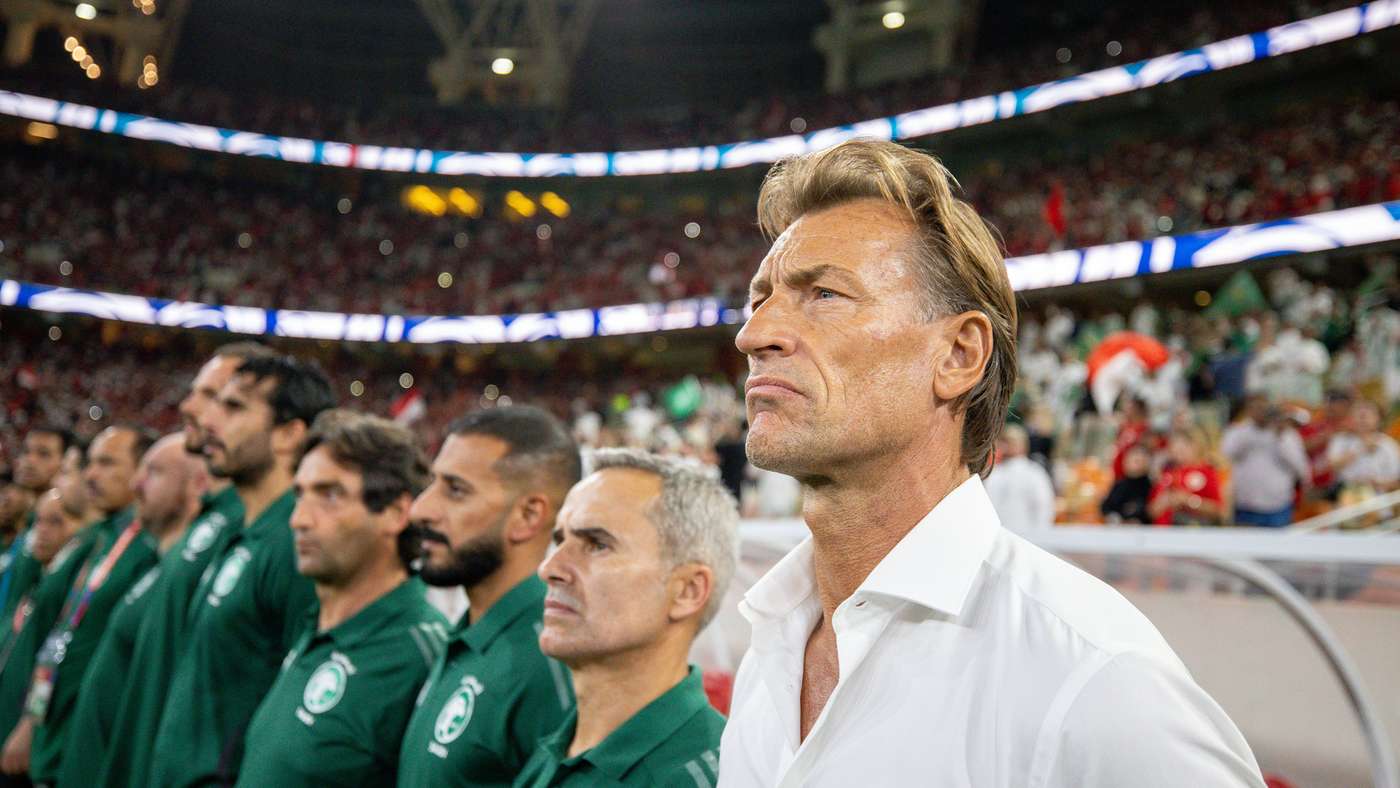Clash of Legends: Ronaldo, Messi, and Salah Lead FIFPRO’s 2025 World XI Shortlist
27 October 2025

Nominees announced for the 2025 FIFPRO World XI
The International Federation of Professional Footballers (FIFPRO) officially revealed the contenders for the 2025 World XI, a roster that blends enduring greatness with new generation talent and a dash of international flair. The list reads like a who’s who of recent seasons, with Cristiano Ronaldo, Lionel Messi, and Mohamed Salah leading the charge alongside rising star Ousmane Dembélé and young prodigy Lamine Yamal. The shortlisted players were selected based on performances spanning July 15, 2024, to August 3, 2025, and the final XI is set to be announced on November 3 this year.
In a nod to the sport’s global reach, the candidates hail from clubs across Europe and beyond, reflecting a season that traveled through jet streams and hotel rooms as much as through booted battles on the pitch. The cohort includes a mix of proven veterans and current-day phenoms, all judged on their influence, consistency, and contribution to their teams during the specified window.
Goalkeeper: Alisson Becker (Liverpool, Brazil) – Thibaut Courtois (Real Madrid, Belgium) – Gianluigi Donnarumma (Paris Saint-Germain / Manchester City, Italy).
Defenders: Trent Alexander-Arnold (Liverpool / Real Madrid, England) – Pau Torres (Barcelona, Spain) – Virgil van Dijk (Liverpool, Netherlands) – Achraf Hakimi (Paris Saint-Germain, Morocco) – Marquinhos (Paris Saint-Germain, Brazil) – Nuno Mendes (Paris Saint-Germain, Portugal) – William Saliba (Arsenal, France).
Midfielders: Jude Bellingham (Real Madrid, England) – Kevin De Bruyne (Manchester City / Napoli, Belgium) – Luka Modrić (Real Madrid / Milan, Croatia) – João Neves (Paris Saint-Germain, Portugal) – Cole Palmer (Chelsea, England) – Pedri (Barcelona, Spain) – Federico Valverde (Real Madrid, Uruguay) – Vitinha (Paris Saint-Germain, Portugal).
Attackers: Ousmane Dembélé (Paris Saint-Germain, France) – Erling Haaland (Manchester City, Norway) – Kylian Mbappé (Real Madrid, France) – Lionel Messi (Inter Miami, Argentina) – Rafinha (Barcelona, Brazil) – Cristiano Ronaldo (Al-Nassr / Al-Nasr, Portugal) – Mohamed Salah (Liverpool, Egypt) – Lamine Yamal (Barcelona, Spain).
The announcement also comes with a caveat from FIFPRO: the nominees are assessed on performances within the defined period, but the real story behind the headlines is the ongoing conversation about workload and rest in a calendar that crunches players more than ever.
Rest, travel, and the fatigue debate: FIFPRO’s call for a healthier rhythm
A recent FIFPRO study on “the impact of health and performance on players” underlines a troubling trend: clubs and national teams are pushing players through congested schedules with insufficient rest between campaigns. The fifth annual body of work on physical workloads notes that no club participating in the summer Club World Cup provided the minimum recommended 28 days of off-season rest, and many squads began new campaigns well short of that target.
Highlighting concrete cases, Chelsea and Paris Saint-Germain—the two clubs in the Club World Cup final—offered their players just 20 and 22 days of rest, respectively, before initiating pre-season camps that lasted 13 days for Chelsea and seven for PSG. Real Madrid also operated with less than three weeks of break before the new season, and Manchester City reportedly did not provide a full break either. It’s a pattern that contrasts sharply with other major sports, where players enjoy far longer downtime between seasons.
The report goes further, noting that a lack of rest is not the sole issue; travel imposes additional fatigue. Several players logged unusually long journeys during the offseason, worst-case scenarios including back-to-back trips that challenge a squad’s physical and mental readiness for the start of the season. The data also show stars who accumulated heavy game loads last year, such as Alessando Bastoni, Fabian Ruiz, and Federico Valverde, each approaching or surpassing 70 matches across all competitions. Kimm Min-jae’s 20 consecutive appearances in a short span and Achraf Hakimi’s 69 appearances last year—poised to rise—are cited as indicators of the risk of cumulative wear and tear.
Speaking on the issue, Darin Burgess, Juventus’ head of performance, framed the situation bluntly: “We’re dealing with a human being’s endurance, not a machine. There are too many games, with too little rest between seasons, followed by too-short a pre-season before we dive into another storm of matches.” He warned that the cycle—ranging from ongoing domestic leagues to global tournaments occurring in overlapping windows—creates a rhythm in which the body struggles to adapt and recover. The implication is clear: without a serious rethink of the schedule, injuries and dips in performance are likely to escalate rather than abate.
The response from the sport’s governing bodies has been measured. FIFA contends that the responsibility does not lie solely with the federation; clubs, domestic leagues, and continental confederations all share in the calendar’s pressures, and FIFA emphasizes its duty to expand football’s global reach. FIFPRO, for its part, points to the mounting injury statistics and heavy early-season workloads for rising stars, warning that the problem is systemic and requires coordinated action across the sport’s ecosystem. The latest year’s data also recall a formal complaint filed last year with the European Commission by FIFPRO and major league associations, challenging the structural dominance of the game’s commercial powerhouses over players’ welfare.
As the debate continues, the World XI nominees remind fans that football remains a global spectacle driven by individual brilliance, tactical innovation, and the human stories behind the statistics. The November reveal will be watched by millions who want to see whether the season’s biggest names align with the voting bodies’ judgments, even as analysts and players alike question whether the calendar will ever keep pace with the pace of the game itself.
Final note from the press room: The sport’s top players are celebrated, but the real victory will belong to those who manage to stay healthy long enough to lift trophies and keep fans dreaming. And if the schedule doesn’t bend to accommodate them, well, there’s always the mini-break—between the final whistle and the next passport stamp.
— Two punchlines, a touch of sniper-grade humor to close out the piece:
Punchline 1: If the World XI keeps growing, soon we’ll need a separate flight itinerary for each position. Wingbacks, you’re in row 32, back-left of aisle 7—bring your own oxygen mask.
Punchline 2: They say football is a game of two halves; with this calendar, it’s a game of two quarters, a half-season, and a round of calendar negotiations—the only thing truly multi-season here is the calendar itself.



